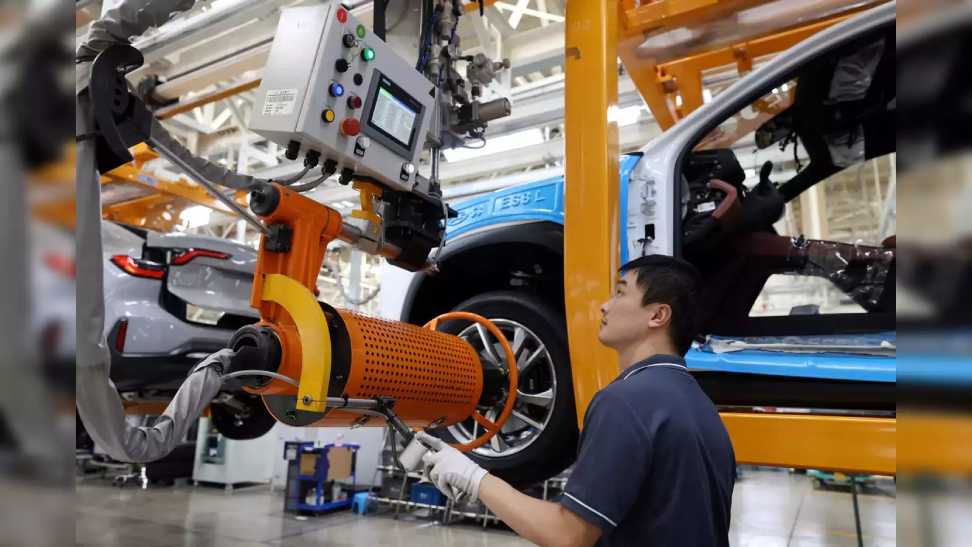Electric vehicles (EVs) are taking the world by storm, touted for their environmental benefits and smooth driving experience. But what powers these silent machines? The answer lies within the heart of the EV – the battery. Yet, for many, this core component remains shrouded in mystery. So, how exactly do electric vehicle batteries work? Buckle up, and let’s delve into the fascinating world of lithium-ion technology.
Inside the Powerhouse: The Anatomy of an EV Battery
Imagine a beehive buzzing with activity. Similarly, an EV battery hums with the movement of tiny particles called ions. Its key components include:
- Electrodes: These are like opposite ends of a magnet, with the anode holding negatively charged lithium ions and the cathode lacking them.
- Separator: This porous membrane keeps the electrodes apart, preventing a short circuit while allowing ions to flow.
- Electrolyte: This conductive liquid sits between the electrodes, facilitating the movement of ions.
- Current Collector: This metal foil collects electrons from the electrodes and channels them to the external circuit.
The Dance of Ions: Charging and Discharging
When you plug in your EV, electricity flows into the battery. This kickstarts a dance of ions:
- Charging: Lithium ions detach from the anode and travel through the electrolyte to the cathode. Electrons flow through an external circuit in the opposite direction, creating the charging current. As these ions “nestle” into the cathode, the battery stores chemical energy.
- Discharging: When you press the accelerator, the flow reverses. Ions move back from the cathode to the anode, releasing electrons that power the car’s electric motor. This flow of electrons constitutes the electric current that drives the vehicle.
Lithium-ion Reigns Supreme: Why This Technology Leads the Pack
While various battery chemistries exist, lithium-ion batteries dominate the EV landscape due to several advantages:
- High Energy Density: They pack a lot of punch, storing more energy in a smaller volume compared to other options. This translates to longer driving ranges for EVs.
- Rechargeable: They can be cycled (charged and discharged) thousands of times, offering years of reliable use.
- Lightweight: Their lower weight contributes to improved vehicle efficiency and performance.
- Relatively Low Self-discharge: They lose stored energy slowly when not in use, offering better shelf life.
Beyond the Basics: Optimizing Performance and Range
While the core principle remains the same, numerous factors influence an EV battery’s performance and range:
- Battery Size: More cells translate to more stored energy and potentially longer range.
- Cell Chemistry: Different types of lithium-ion cells offer varying trade-offs between energy density, power output, and longevity.
- Battery Management System (BMS): This intelligent brain monitors and controls the battery, optimizing its performance and safety.
- Driving Habits: Aggressive acceleration and high speeds drain the battery faster, while regenerative braking can extend range.
The Future of EV Batteries: A Constant State of Evolution
The quest for better batteries continues. Researchers are exploring:
- Solid-state electrolytes: These offer improved safety and potentially faster charging times.
- New electrode materials: Exploring materials beyond lithium could further enhance energy density and performance.
- Second-life applications: Repurposing used EV batteries for stationary energy storage can extend their lifespan and contribute to a circular economy.
Understanding the core principles of how electric vehicle batteries work empowers you to make informed choices when considering an EV. As technology continues to evolve, the future promises even more efficient and powerful batteries, paving the way for a truly sustainable and electrifying tomorrow.
Feature image source:- http://tinyurl.com/3b99w8s4

